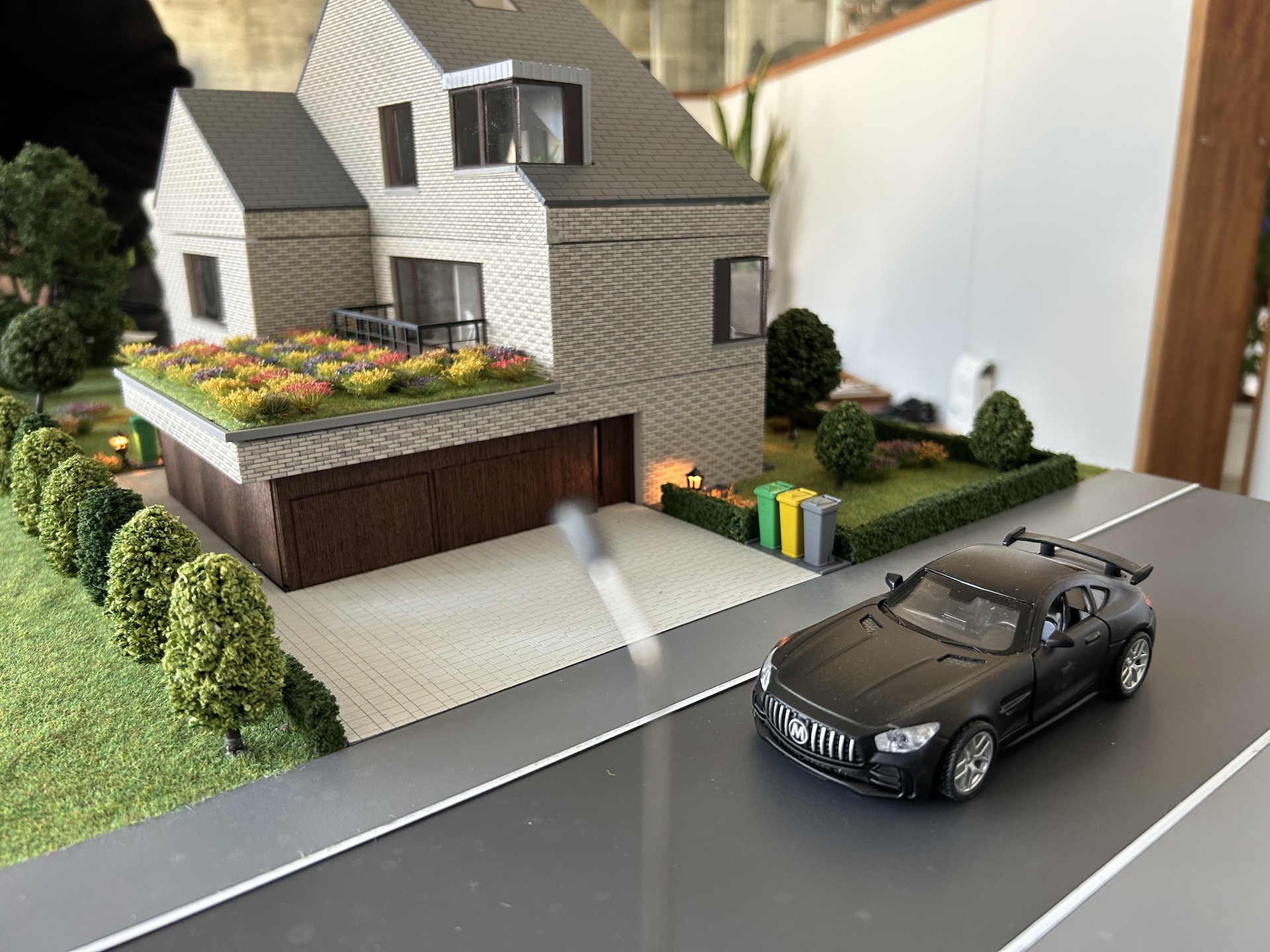A village model is a scaled-down replica of a future or existing village, crafted from various materials. Village models find applications in many fields, particularly in architecture and urban planning. Designing and constructing miniature towns and villages serve purposes such as city planning, improving element integration, or simply promoting a city for advertising purposes.
What Are Miniature Village Models For?
Miniature village models are created on a much smaller scale level, representing several blocks of houses or even an entire city or village. City models designed for architecture serve as vital tools for urban planning and development. Miniature village models aim to predict the city's functions. As villages and cities continue to grow, creating reproductions becomes increasingly important to anticipate how certain actions might impact the operation of the village or city. A village model aids architects and officials in comprehending aspects of the city and identifying potential issues and challenges.
A miniature village model can also function as an exhibition of buildings and miniature models accessible to the public as a recreational and tourist attraction. Such models encompass various elements that constitute a village, including roads, parks, buildings, vehicles, squares, bridges, and rivers.
Miniature village models can also serve as a hobby activity. Many people worldwide enjoy creating miniature villages using various methods. Model crafting is a hobby wherein physical village models are created either from kits or materials acquired by the builder.





